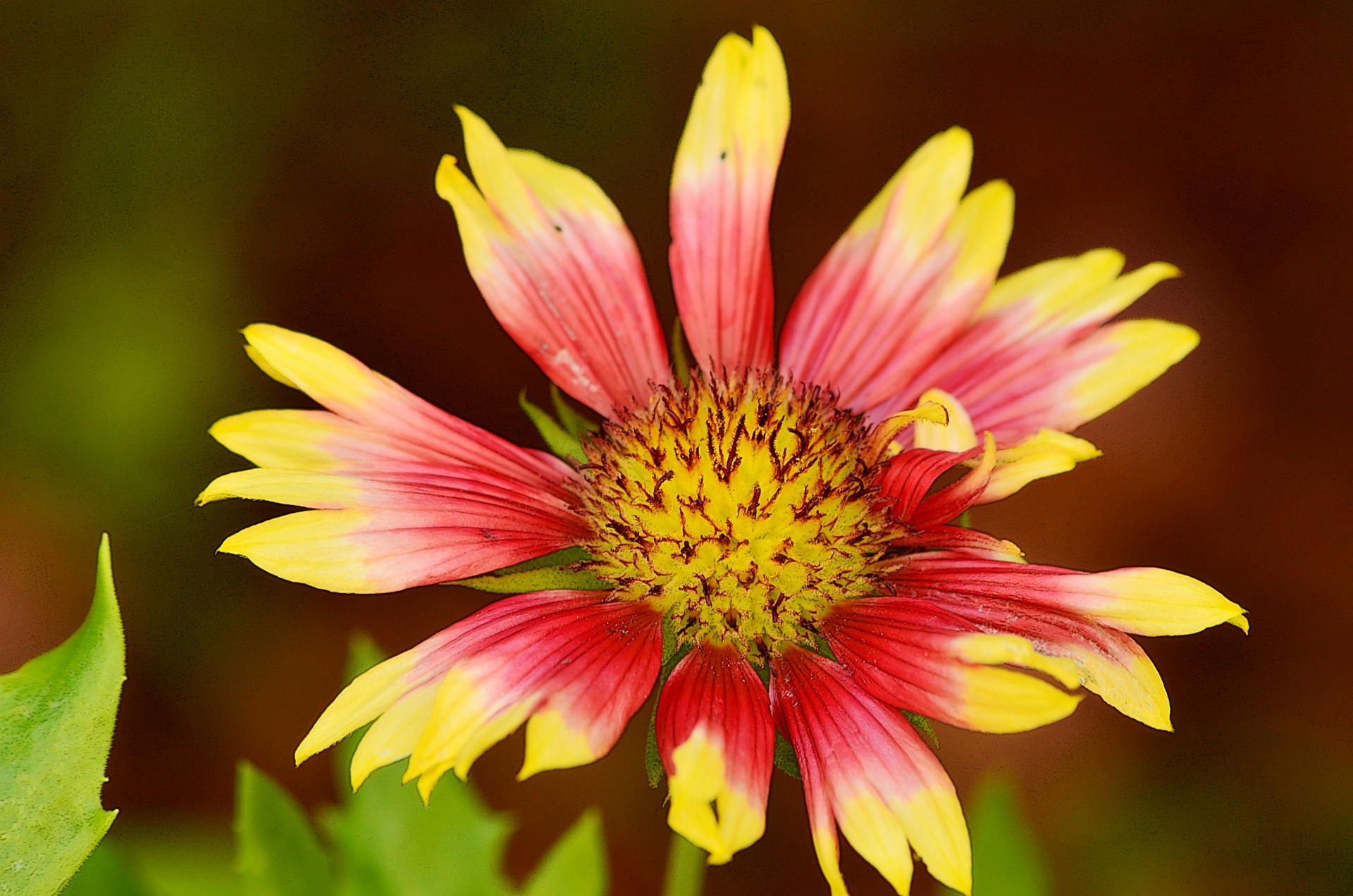Protecting Hummingbirds: Ethical Wildlife Interaction and Conservation Best Practices
Introduction
In the world of birdwatching, few species capture the heart quite like the hummingbird. Their iridescent feathers, rapid wingbeats, and agility in flight make hummingbirds a mesmerizing sight for outdoor enthusiasts. Yet, beyond their charm, hummingbirds serve as essential pollinators in our ecosystems, their well-being intricately linked to conservation efforts. For those passionate about wildlife, understanding ethical interactions and conservation practices is crucial in ensuring the survival and prosperity of these incredible birds.
The Harm in Removing Natural Nectar Sources
The temptation to create the perfect photo or video often leads people to remove flowers from their natural habitats. Unfortunately, this seemingly harmless act can have dire consequences for hummingbird populations.
- Impact of Removing Flowers On Hummingbird Populations: Flowers provide essential nectar for hummingbirds. Removing flowers not only depletes their food supply but disrupts the natural pollination process that many plants rely on.
- Habitat Loss and Nectar Plant Availability: Hummingbirds depend on specific habitats for food, water, shelter, and foraging. Habitat loss and reduced abundance of nectar plants pose significant threats to their survival.
- Migration and Habitat Needs: Many hummingbirds are migratory and small patches of habitat offering nectar are critical along their migration routes. Removing flowers can significantly impact these corridors.
Practical Advice: Always ensure that real flowers remain in their natural habitat to support the ecosystem. Instead of removing flowers, why not cultivate more in your garden to help these tiny pollinators thrive?
The Dangers of Red Nectar
For years, many well-meaning bird enthusiasts added red dye to hummingbird feeders, believing it would better attract these vibrant birds. However, recent studies suggest this practice might be harmful.
- Health Effects of Red Nectar Dye: Red dye, often containing chemicals such as FDC Red 40, poses potential health threats to hummingbirds, including genotoxicity and developmental toxicity.
- Natural Nectar Composition: Hummingbirds naturally drink clear nectar from flowers. Artificial dyes are unnecessary and could be harmful when consumed in significant amounts.
Practical Advice: Use safe homemade nectar recipes, such as mixing 4 parts water with 1 part white sugar. Boil this solution, let it cool, and fill your feeders without any added dyes for the safest option for the birds.
Creating Hummingbird-Friendly Gardens
One of the most effective ways to support hummingbirds is by creating a garden filled with plants that provide natural nectar and habitat.
- Best Plants For Hummingbird Gardens: Hummingbirds are drawn to tubular flowers, particularly those that are red or orange. Some excellent choices include:
- Bee Balm (Monarda didyma): Thrives in zones 3 to 9, features vibrant red flowers.
- Phlox (Phlox paniculata): Hardy in zones 4 to 8 and offers multi-colored blooms.
- Red Columbine (Aquilegia canadense): A perennial that blooms early in the migration season, suitable for zones 3 to 8.
- Salvia (Salvia nemorosa): Spikes of flowers that hummingbirds and butterflies love, hardy in zones 4 to 8.
- Seasonal Planting Tips for Hummingbird Gardens: Planting in the fall allows roots to establish before winter, ensuring robust growth in the spring. Plan for staggered bloom times to provide continuous nectar sources throughout the seasons.
Practical Advice: Incorporate a variety of native plants and avoid invasive species to create a balanced, sustainable garden. Providing water sources and shelter also makes your garden more appealing to hummingbirds.
Emotional Connection and Ethical Responsibilities
Interactions with hummingbirds often evoke strong emotional responses, which can drive ethical conservation efforts. Personal experiences and anecdotes illustrate the profound impact these creatures have on human lives.
Consider the story of a woman who nursed an injured hummingbird back to health, forming a bond and becoming an advocate for their conservation. Such stories highlight the emotional bonds driving ethical conservation, showing how individuals are motivated to protect and nurture these delicate birds.
Practical Advice: Tap into these emotional connections to foster responsible behavior. Share your experiences and encourage others to engage in ethical practices, like keeping feeders clean and plants intact. Remember, small actions collectively contribute to significant conservation efforts.
What To Do When Hummingbirds are in Poor Health
Despite our best efforts, hummingbirds may sometimes need assistance. Knowing how to respond appropriately can make a significant difference in their survival.
- Steps for Finding Hummingbird Rehabilitators: If you discover an injured or sick hummingbird, promptly contact a local wildlife rehabilitator. They have the expertise to provide the necessary care.
- Actions to Take For Injured Hummingbirds: Gently capture the bird using a soft cloth, place it in a ventilated container, and keep it warm and quiet until professional help arrives. Avoid attempting any treatments yourself to prevent further harm.
Practical Advice: Research and list contacts for rehabilitators in your area. Being prepared ensures quick action in emergencies, maximizing the chances of recovery for distressed birds.
Conclusion
The enchanting presence of hummingbirds in our gardens and landscapes brings joy and ecological balance. By adopting ethical wildlife interaction practices and implementing conservation best practices, outdoor enthusiasts play a vital role in protecting these tiny marvels. From maintaining natural nectar sources to fostering emotional bonds that drive ethical conservation, every action counts.
As we nurture our connection with hummingbirds, let’s share our stories, tips, and experiences, working collectively to ensure these incredible birds continue to thrive. Whether it’s through planting a diverse garden or making safe homemade nectar, together, we can make a significant impact on hummingbird conservation.

